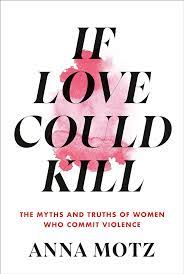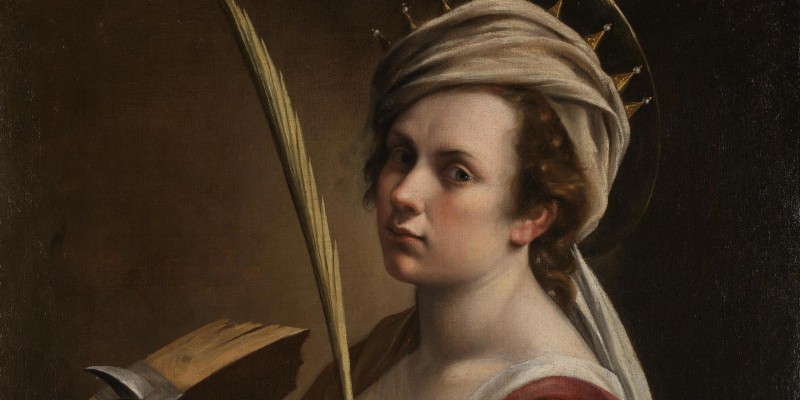For more than three decades I have worked in prisons, in secure units in hospitals, and in the community, acting in both assessment and treatment roles and working with female and male patients. I initially trained in clinical psychology, using treatment models including cognitive behavioral therapy (a talking therapy that focuses on identifying and altering harmful patterns of behavior and thinking patterns) and the psychodynamic approach, which seeks to help an individual access and then understand their unconscious thoughts and feelings. But the vast majority of my work has been in the field of forensic psychotherapy, which brings the psychoanalytic approach into the field of criminality, using psychodynamic techniques to probe the motivations and meaning of a person’s criminal actions. Many years of this work have shown me that this can genuinely help people to recognize unconscious influences in their lives that explain their actions. Moreover, this understanding can provide a solid foundation from which to treat, and to some degree resolve, these issues. In the best case, this can allow people who had been suffering intolerable and overwhelming emotions to control previously untamed impulses and regain some stability in their lives.
In this forensic work, I have been most occupied by the crimes and violence of women. Female violence is a subject whose nature is frequently misunderstood and whose importance is too often disregarded. For many in society, from the media to some areas of the medical and legal professions, the reality of women’s violence is a truth too uncomfortable to take seriously: a taboo that offends the idealized notion of women as sources of love, nurture, and care. That mothers sometimes harm, or even kill, their children is simply too shocking for many to engage with, as is the idea that women in caring roles could sexually assault or otherwise mistreat minors. Even to consider these things implicitly threatens our social fabric, bringing the shock of maternal abuse and female cruelty into comfortable lives in which the idea of the loving, caring family is so central.
Our preconceptions about female violence are deeply embedded in history and culture. Stereotypes of vengeful women fill the pages of our oldest literature: the dangerous seductress, exemplified by the biblical tale of Judith beheading the Assyrian general Holofernes while he sleeps in his tent; the spurned wife driven to murderous rage in Greek tragedy, from Clytemnestra stabbing a helpless Agamemnon in the bath to Medea, so blinded by anger at Jason’s betrayal that she kills not only his new wife but her own children. Our depictions of violent women in the modern world are no less extreme. Women such as Dee Dee Blanchard, Lisa Montgomery, Aileen Wuornos, Myra Hindley, and Andrea Yates all became figures of tabloid revulsion, treated as outcasts not just from society but from womanhood itself. They were monsters, angels of death, manifestations of pure evil: made into demons who could be kept at a safe distance from the ideals they threatened. The indelible images of these women in the public mind, staring grimly from newspaper front pages, show that society has no villain like a woman who kills. Women involved with sexual offenders, like Ghislaine Maxwell, are also hate figures. They show how the idealization of womanhood in general, and motherhood in particular, can quickly turn to denigration and disgust against those who subvert it.
My work has consistently shown me that the truth is both more complex and more troubling than these caricatures allow. Some of the women who kill, abuse, and commit violent acts can be deemed sociopathic or psychopathic, but many are not. Often, they have been subjected to shocking abuse by their own parents, carers, partners, or family members. Many are suffering from severe mental illness or psychological harm as a result of that abuse. For some, the desperate search for the love and nurture that they have been denied their whole lives leads them toward violent partners, pregnancies in which they invest impossible hopes, and the revival of trauma manifested in acts of violence that mirror those they once suffered.
These women are not the inhuman monsters of tabloid myth. They are not a species apart, driven by a madness or evil we could never hope to understand. They are not, in fact, so different from the vast majority of us, for their crimes are often the cruel result of the emotions we all share—the longing to love and be loved, the frustration and fear of parenthood, the corrosion of shame and self-loathing—brutally twisted through the prism of personal experience of violence and abuse. The tragedy of these crimes is that in trying to escape the horror of their own childhoods, many are condemned to reenact and repeat what they themselves suffered. Others, their perspective shattered by mental illness, commit violent crimes in the belief that they are helping the person they will so brutally, even lethally, harm. But overwhelmingly, the violent women I have known are not beyond the pale of empathy or understanding, hard as this can sometimes be to achieve.
I have devoted much of my career to working with women who commit unspeakable acts of cruelty and abuse and studying the violence that women do—a subject that deserves and demands to be better understood. While only 5 percent of the prison population in the United Kingdom, and 10 percent in the United States, are women, and an even smaller percentage of those are violent, we know that female violence often goes underground, occurring in the private and domestic realm in ways that may never come to light. That lack of visibility is then compounded by the public attitude toward the women whose crimes are revealed, one that wishes either to vilify violent women or, just as dangerously, to patronize them by deeming them incapable of a crime considered outside the realm of womanhood and motherhood. Women, this attitude holds, will engage in violence, particularly sexual violence, only under male coercion. These stereotypes, which I have seen expressed by professionals in both the legal and the medical spheres, carry a human cost. Opportunities for rehabilitation are lost when violent and abusive women are regarded as evil villains and treated as criminals beyond help, while the chance to protect future victims is missed when their potential abusers pass unnoticed, because they fit no one’s image of what a murderer or child abuser should look like. Our state of ignorance and denial about female violence is one that does harm to both its perpetrators and its victims.
___________________________________

Featured image: Artemisia Gentileschi,
Self Portrait as Saint Catherine of Alexandria

















